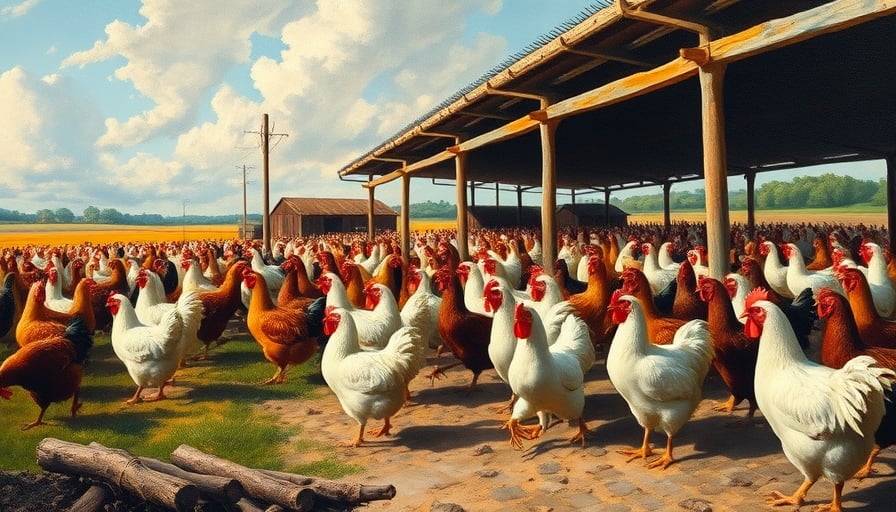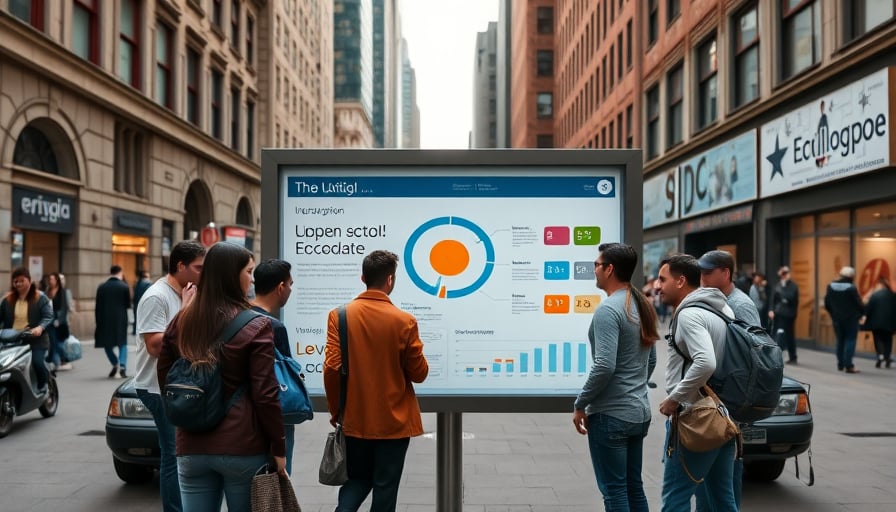Corporate News: Tyson Foods Inc. Fiscal 2025 Performance and Strategic Implications
Tyson Foods Inc. released its fiscal 2025 results on November 10, reporting a decline in both operating and free cash flow relative to the preceding year. Despite these cash‑flow pressures, the company’s chicken segment delivered robust performance, offsetting weaker gains in its beef division. In the days following the earnings announcement, Tyson’s shares experienced an uptick, reflecting investor confidence in the company’s broader portfolio and long‑term resilience.
Cash Flow Dynamics and Segment Analysis
- Operating Cash Flow: A downward swing from fiscal 2024 indicates tightening working capital cycles, likely driven by higher inventory levels and extended supplier payment terms amid volatile commodity costs.
- Free Cash Flow: The reduction underscores the company’s intensified capital allocation to plant expansion and technology upgrades aimed at boosting supply chain efficiency.
The poultry division—particularly chicken—showed strong margin preservation, benefiting from sustained consumer demand for protein‑dense yet lower‑priced items. In contrast, the beef segment lagged, reflecting broader market softness due to supply disruptions, rising feed costs, and shifting consumer preferences toward poultry and plant‑based alternatives.
Market Reaction and Investor Sentiment
Short‑term market movement—shares trading higher the day after earnings—suggests that investors weighed the company’s strategic positioning more heavily than the headline cash‑flow numbers. Analysts highlighted Tyson’s diversified product mix, extensive distribution network, and commitment to sustainability initiatives as key value drivers. The stock’s resilience amid cash‑flow setbacks points to a market perception that Tyson is navigating cyclical pressures effectively while maintaining competitive advantage.
Omnichannel Retail Innovation
Tyson’s performance reflects broader trends in omnichannel retail, where:
- Direct-to-Consumer (DTC) Growth: Tyson has increased its online grocery presence, leveraging partnerships with major e‑commerce platforms and its own e‑commerce portal to capture consumer segments preferring home delivery and pickup.
- In‑Store Experience Enhancement: The company is investing in in‑store digital signage and data‑driven inventory management to improve product visibility and reduce stockouts.
- Integrated Loyalty Programs: By aligning with retailer loyalty programs, Tyson can gather granular consumer data, enabling targeted promotions and personalized marketing across physical and digital channels.
These initiatives support a seamless shopping journey, catering to consumers who now expect consistent experiences across multiple touchpoints.
Supply Chain Innovation and Resilience
The sector is witnessing a paradigm shift toward supply‑chain resilience:
- Automation and Robotics: Tyson is deploying automated sorting and packaging lines to reduce labor variability and enhance throughput.
- Blockchain Traceability: Implementation of blockchain for traceability improves food safety assurance, a growing consumer priority, and facilitates faster recalls when necessary.
- Localized Production Hubs: By constructing smaller, regionally focused plants, Tyson reduces transportation emissions and tail‑wind logistics, aligning with sustainability commitments and mitigating geopolitical risks.
These supply‑chain innovations not only lower operating costs but also strengthen consumer trust—an essential component of brand positioning.
Consumer Behavior Shifts
Current data across consumer staples reveal:
- Health Consciousness: A 12 % year‑over‑year rise in demand for clean‑label poultry and minimally processed products.
- Convenience Demand: Prepared‑food categories continue to outpace fresh meat sales, driven by busy households and the rise of meal‑kit services.
- Sustainability Awareness: 38 % of consumers cite environmental impact as a key purchasing factor, encouraging Tyson to expand its “responsibly sourced” meat lines.
Tyson’s diversified portfolio—spanning poultry, beef, pork, and prepared foods—positions it to capitalize on these evolving preferences. Its strategic investments in sustainable sourcing and product innovation are likely to reinforce its competitive edge.
Connecting Short‑Term Movements to Long‑Term Transformation
While Tyson’s fiscal 2025 cash‑flow figures signal short‑term operational challenges, the company’s strategic focus on omnichannel retail and supply‑chain modernization anticipates a longer‑term shift toward resilience and customer-centricity. This alignment suggests:
- Sustainable Profitability: Lower operating costs from automation and better inventory control will improve margin stability over time.
- Brand Loyalty Enhancement: Integrated omnichannel experiences and traceability initiatives foster deeper consumer engagement, translating into repeat business.
- Risk Mitigation: Diversified production sites and robust digital platforms reduce exposure to commodity volatility and supply disruptions.
Investors monitoring Tyson’s trajectory should consider how these initiatives translate into sustained earnings growth, even if short‑term cash‑flow metrics remain under pressure.




